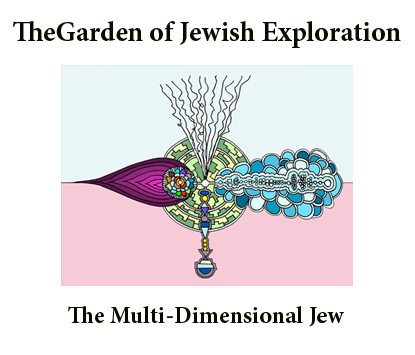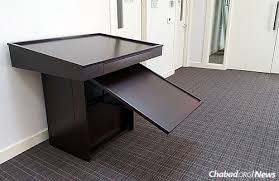
The Bavli in Moed Katan preserves one more list of behaviors that are prohibited to the mourner. This list contains some of what appeared in the extended sugya on 14b-16a.
תלמוד בבלי מסכת מועד קטן דף כא עמוד א
תנו רבנן אלו דברים שאבל אסור בהן: אסור במלאכה וברחיצה ובסיכה ובתשמיש המטה ובנעילת הסנדל ואסור לקרות בתורה ובנביאים ובכתובים ולשנות במשנה במדרש ובהלכות ובתלמוד ובאגדות.
Bavli, Moed Katan 21a
Our Rabbis have taught: These are the behaviors that are prohibited to the mourner – [the mourner is] prohibited in melacha (work), washing, anointing, sexual intimacy, wearing leather shoes, and is prohibited from reading in the Torah, the Nevi’im and the Ketuvim, [and is prohibited from] learning in the Mishna, Midrash, Laws, in the Talmud and the Agadot.
What distinguishes this list of five (or six) prohibitions from the lengthy analysis on 14b-16a?
First, this list directly parallels the dinim of Yom Kippurand Tisha b’Av. Linking the experience of private mourning to that of national mourning (Tisha b’Av) is a powerful reminder that no one ever mourns alone. By paralleling Yom Kippur we again have an echo of the idea that mourning and loss come as the result of sin which demands atonement and repentance.
Second, Tosafoton the page (s.v. elu devarim) claim that this list only contains actions from which the mourner is prohibited as opposed to behaviors that must be done.
The connection between the experience of mourning and Yom Kippur / Tisha b’Av is evocative. The prohibitions on Yom Kippur are called עינוים, innuyim refer to behaviors that are meant to make us feel physical discomfort. One of the more complex Halakhic questions that we are going to have to address is to what extent, if at all, those same behaviors during aveilut are meant to cause physical discomfort to the mourner. Is the point of mourning to give a structure to the expression of grief or to experience innuy? We will continue to return to this distinction as we work through some of the individual behaviors.
Note: This was written before we began sheltering in our homes. One of the core prohibitions during the week of shivva forbids leaving our home. In this difficult time, as many are sitting shivva for their loved ones, we are all struggling at home and praying for healing.








